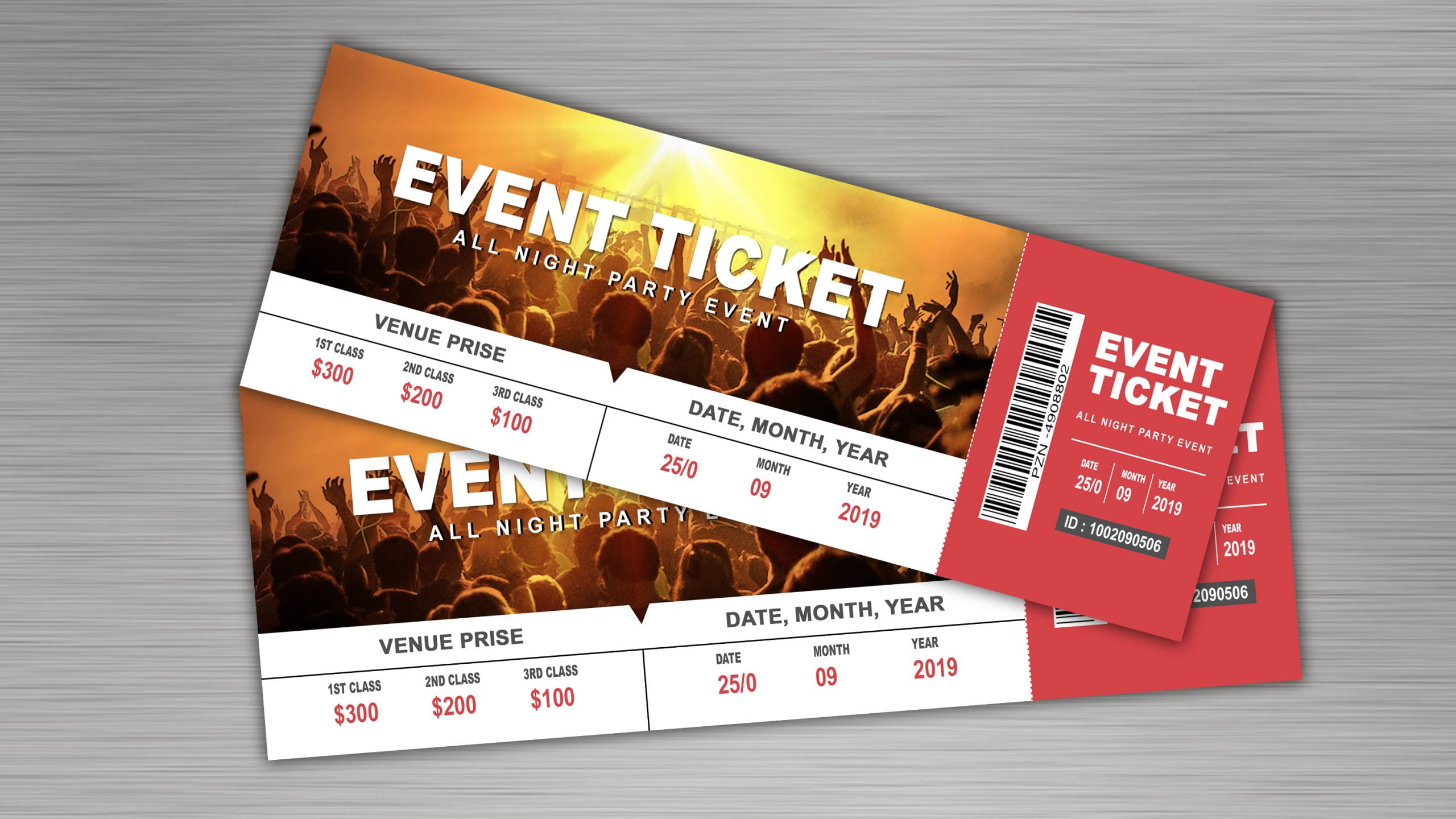Events that leave a mark rarely happen by accident. Behind the music, lights, and applause are long hours spent allocating resources where they matter most. From food festivals to nonprofit galas, organizers are reevaluating how funds are used, and where they are wasted. Budgeting has become more than a line-item task. It’s a strategic tool that shapes guest experience, sponsors trust and long-term event viability. Platforms like Brown Paper Tickets, a ticketing service offering digital tools for seamless and sustainable event planning, help lay the groundwork by streamlining logistics so planners can focus on purposeful decision-making where it counts.
Smart budgeting isn’t just about cutting costs, but it’s about aligning every dollar with the event’s mission. Planners are increasingly prioritizing investments that deliver both impact and efficiency, whether that means sourcing from ethical vendors, minimizing material waste, or enhancing digital infrastructure for hybrid access. These intentional choices don’t just stretch budgets further.
Rethinking What Deserves the Biggest Slice
Not every event has a big budget. That’s not the point. What matters is how far each dollar goes. Organizers are beginning to shift spending toward areas that create lasting impacts, clean sound, clear signage, polished registration, and thoughtful catering, while cutting back on items that offer little return. Expensive swag bags that end up in the trash or over decorated photo booths that distract from the event’s mission are no longer seen as essentials.
Sound quality is often overlooked, but poor audio can derail even the most compelling programming. Whether it’s a local panel discussion or a large-scale conference, investing in a professional AV team often pays off in attendee satisfaction and speaker confidence. Guests remember the content, not the couch color or oversized step-and-repeat.
Budgeting Starts with Realistic Forecasting
A budget is only as good as its inputs. That means taking time early on to understand all fixed and variable costs. Fixed costs, like venue rental, permits and insurance, form the foundation. Variable costs, like catering headcounts, merchandise or printing, fluctuate based on attendance or sponsorship. Ignoring either side creates gaps that get harder to fill the closer the event gets.
Organizers who build in buffers for unexpected costs tend to recover faster from mid-planning surprises. A common rule is to set aside 10-15% of the total budget for contingency use. That cushion absorbs last-minute price hikes, extra staff hours or backup equipment needs without forcing cuts elsewhere.
Technology helps make forecasting smarter. Platforms like Brown Paper Tickets provide real-time reporting and payment tracking, allowing organizers to assess ticket revenue against targets at any stage. This information not only reduces guesswork but also informs decisions about ad spend, vendor commitments and program expansion.
Sponsor Confidence Tied to Financial Transparency
Sponsors are not just donors, but they’re strategic partners. Many now ask for detailed budget plans or post-event reports outlining how their contribution was used. This expectation requires planners to keep tidy records and show alignment between financial decisions and event goals.
Clear communication from the outset helps avoid misalignment. If a sponsor funds a branded lounge or water refill station, that delivery must be executed cleanly and visibly. Organizers who follow through on commitments, provide updates during the planning phase and send wrap reports after the event are more likely to build repeat sponsor relationships.
Sponsors also value evidence of budget-conscious thinking. An organizer who secures compostable dinnerware through a donation partnership, rather than paying premium retail, sends a message of responsibility and creativity. Smart spending is as persuasive as flashy production, and often more sustainable.
Where Events Lose Money, and How to Stop It
Last-minute changes are a budget’s worst enemy. Rush fees for expedited shipping and emergency staffing pile up quickly. One of the biggest drains on the budget is poor timing. Waiting too long to confirm vendors, print materials, or launch ticket sales compresses timelines and raises costs.
Another costly pitfall is overestimating turnout. Ordering food, chairs or materials based on best-case scenarios often leads to waste. Planners who cross-reference early sales with prior attendance trends are better equipped to right-size their orders and reduce surplus.
Post-Event Reviews Create Better Budgets Next Time
One of the most underutilized tools in event planning is the post-mortem budget review. Comparing planned versus actual spending helps pinpoint where projections went off course and which areas delivered the most value. This data sharpens instincts for future planning and builds confidence in financial oversight.
Simple questions can guide the process. Did food costs align with turnout? Was staff scheduling efficient? Did technology deliver on its promise? Were sponsors satisfied with exposure? By answering these questions honestly, organizers gather not just numbers but insights.
Stretching Budgets Without Sacrificing Quality
Not every budget increase has to come from higher ticket prices or more sponsorship. In-kind partnerships and volunteer programs offer real value. A local print shop might donate signage in exchange for a sponsorship mention. A culinary school might provide student chefs for a catered portion. A university journalism class might livestream sessions as a class project.
These collaborations require early planning and clear expectations, but they can stretch budgets significantly and often foster community pride in the event itself. Early bird pricing is another effective strategy. Not only does it help with early cash flow, but it also builds a sense of urgency. For nonprofit events, suggested donation tiers can unlock additional contributions without pressuring those on tighter budgets.
Budgeting as Storytelling
Today’s best budgets don’t just outline what gets paid for. They tell a story of values. An event that prioritizes clean energy, local sourcing and fair pay for workers sends a message of alignment with audience priorities. Every dollar spent reflects a choice, and those choices shape the tone and impact of the entire experience.
It supports that alignment by offering organizers low-fee, transparent tools that make it easier to track sales, communicate with guests and focus resources where they matter most. For events looking to maximize both purpose and return, clarity and accessibility are not just features, but they’re foundational.
The Bottom Line
Budgets are more than spreadsheets. They are blueprints for the guest experience, reflections of the event’s purpose, and proof of an organizer’s professionalism. Smart financial planning doesn’t mean spending less, but it means spending right. From pre-event prep to post-event reporting, each decision made with intention creates an event that delivers value long after the final guest has left the venue.








